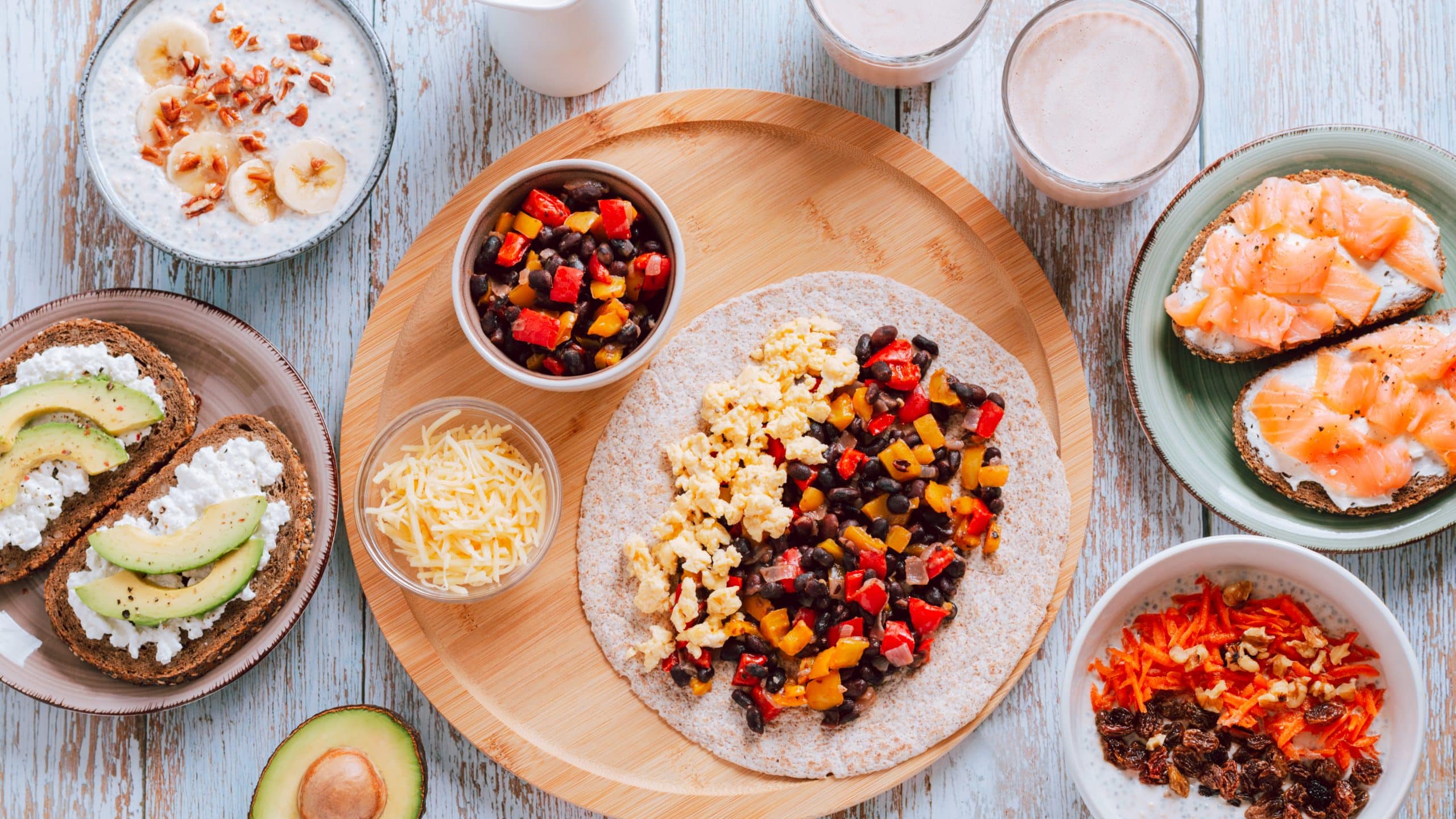What Are the Ideal Protein Sources for Homemade Cat Food Recipes?

Cats, as lovable and enigmatic as they are, demand a lot of attention. Their well-being is of paramount importance to every pet owner out there. One key area that requires your diligent attention is your cat’s diet. What does your cat eat? A well-rounded, healthy diet for your cat is essential, and should be high in protein.
But the question here is: what are the ideal protein sources for homemade cat food recipes? What are the best ingredients you should be using to ensure that your pet is healthy and happy? Let’s delve into this intriguing topic and uncover the secrets of making delightful, protein-rich meals for your adorable pets at home.
Also read : How to Construct a Secure Outdoor Play Area for Small Pets Like Guinea Pigs?
The Importance of a High-Protein Diet
It’s essential to understand why cats need a high-protein diet. As obligate carnivores, cats are naturally wired to consume a large amount of animal-based protein. This diet plays a critical role in their health and wellness.
Protein is the building block of life, aiding in growth and development, maintaining the immune system, replacing old cells, and providing energy when needed. Cats, especially, need a substantial amount of protein due to their unique metabolism. Their bodies tend to use protein for energy instead of carbohydrates. Hence, they require a high-protein diet, and it’s your duty as a pet owner to ensure they get it.
Also to read : How to Develop a Comprehensive Behavior Modification Plan for Pets with Anxiety?
Finding the Ideal Protein Sources
Now that we understand the necessity for a high-protein diet for our lovable pets, let’s explore the best protein sources for your homemade cat food recipes.
Raw Meat: The Prime Protein Source
The best source of protein for cats is meat – plain and simple. This can include various types such as chicken, beef, or even rabbit. Raw meat is highly recommended, as it preserves all the nutrients, ensuring your pet gets a wholesome meal.
However, there is a word of caution. If you choose to feed your cat raw meat, make sure it’s fresh and clean to avoid potential health risks. Handle and store the meat properly, and never leave it out for a long time as this can promote bacterial growth.
Cooked Meat: A Safer Option
While raw meat is excellent for your cat’s diet, we understand that some pet owners are uncomfortable with it, due to the risks of bacteria and parasites. In this case, cooked meat is a safe and nutritious alternative.
When preparing the meat, remember to avoid using seasonings that can be harmful to your cat. Also, ensure that the meat is cooked thoroughly to kill off any potential pathogens. The benefit of cooked meat is that it still provides a good amount of protein, without the potential risks associated with raw meat.
The Power of Poultry: Chicken and Turkey
In the realm of meat, poultry, especially chicken and turkey, reign supreme as some of the best protein sources for cats. They are lean meats, meaning they are low in fat but high in protein.
Chicken can be served raw or cooked, depending on your preference. Again, if you decide to cook the chicken, avoid adding any harmful seasonings. Also, make sure to remove any bones to prevent your cat from injuring itself.
The Role of Fish in a Cat’s Diet
While meat is a significant source of protein, let’s not forget about fish. Fish such as salmon and tuna are excellent sources of protein and omega-3 fatty acids, which are beneficial for your cat’s coat and skin.
However, it’s essential to feed your cat fish in moderation. While they are a superb source of protein, there are also concerns about mercury levels in some fish species. Hence, it’s best to use fish as a supplement to your cat’s diet, rather than the main source of protein.
Homemade Cat Food Recipes: A Matter of Balance
When creating homemade cat food recipes, remember that it’s not just about the protein. Your cat also needs a balanced diet that includes other essential nutrients such as taurine, vitamins, and minerals.
This balance can be achieved by including other ingredients like organs (liver, heart), bones (for calcium), and even certain fruits and vegetables in your recipes. While these may not be as high in protein as meat or fish, they still contribute to an overall balanced and healthy diet for your cat.
By choosing the right ingredients and preparing the food properly, you can ensure your cat gets the high-protein, balanced diet it needs to stay healthy and vibrant.
The Benefits of Homemade Cat Food
Understanding the specific nutritional needs of your cat is the foundation for any good homemade cat food recipe. With the rising concerns about commercial cat food’s safety and quality, making cat food at home has become an increasingly popular alternative among cat owners.
Homemade cat food has numerous benefits. It allows you to have full control over what your pet eats. You can ensure that the food is fresh, high quality, and free from harmful additives or preservatives commonly found in commercial pet food. Plus, you can easily adjust the ingredients to cater to your pet’s specific dietary needs or preferences.
One of the key advantages of a homemade diet is the ability to provide your cat with a variety of protein sources. While commercial cat foods often stick to one or two types of meat, homemade recipes can include a wider range of proteins like chicken, turkey, beef, rabbit, and fish. This variety helps ensure that your cat is getting a balanced mix of nutrients.
Moreover, homemade cat food can be cost-effective in the long run. While the initial investment might be higher than buying ready-made cat food, you’ll likely save money over time, especially considering the potential health benefits and potentially fewer vet bills down the line.
However, keep in mind that making cat food at home requires commitment and time. It’s essential to do it right, as an unbalanced diet can lead to health issues. Always consult with your vet before transitioning your cat to a homemade diet to ensure it meets all of their nutritional needs.
The Risks to Consider When Making Homemade Cat Food
While making cat food at home can be beneficial, it’s not without risks. One of the main concerns is the potential for an unbalanced diet. Cats require a specific mix of nutrients, including protein, vitamins, minerals, and the amino acid taurine. If their diet lacks any of these, it can lead to serious health problems.
Raw food diets for cats have become increasingly popular due to their perceived health benefits. However, raw meat can contain harmful bacteria like Salmonella or E. Coli, which can lead to foodborne illnesses in both cats and humans. If you decide to feed your cat raw meat, practice good hygiene and food safety to minimize these risks.
Fish, while a good source of protein and omega-3 fatty acids, should only be used sparingly in your cat’s diet due to potential mercury levels. High mercury consumption can be harmful to cats, leading to mercury poisoning over time.
Always remember to consult with a vet or a pet dietitian when creating a homemade diet for your cat, to ensure it’s balanced and safe.
Conclusion
In conclusion, the ideal protein sources for homemade cat food recipes are diverse. From raw or cooked meat to poultry and fish, these ingredients can provide your cat with the essential high-protein diet they need. Additionally, including a variety of organs and even certain fruits and vegetables can help achieve a balanced diet.
Making your own cat food can have numerous benefits, from ensuring high quality and fresh ingredients to customizing the recipe to your cat’s specific dietary needs. However, it’s not without risks. From potential foodborne illnesses to the danger of an unbalanced diet, it’s crucial to mitigate these risks to keep your pet healthy.
Ultimately, your cat’s health and well-being should be your top priority. Whether you’re using commercial cat food or making it yourself, always consult with a vet to ensure your cat is getting the nutrition they need.
